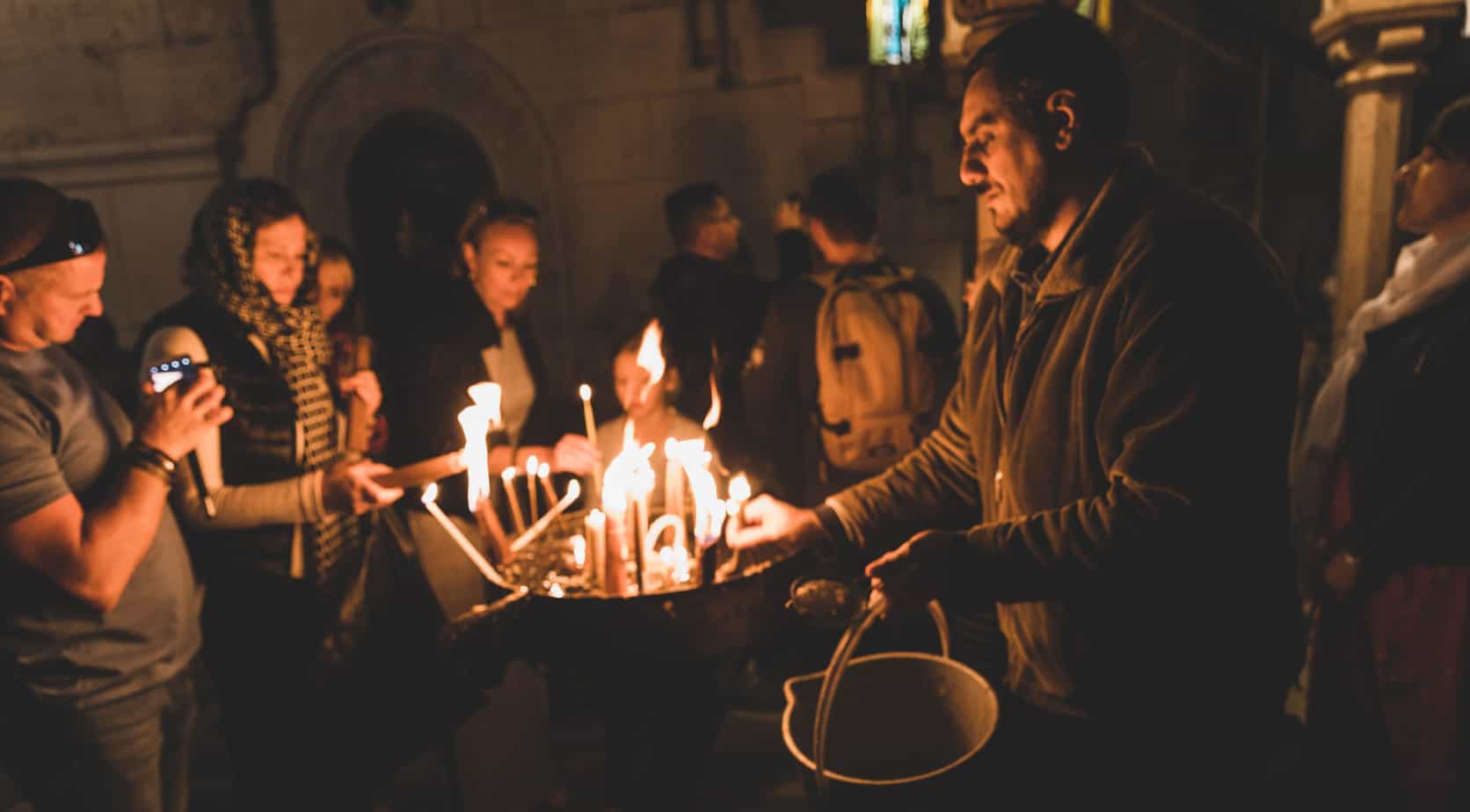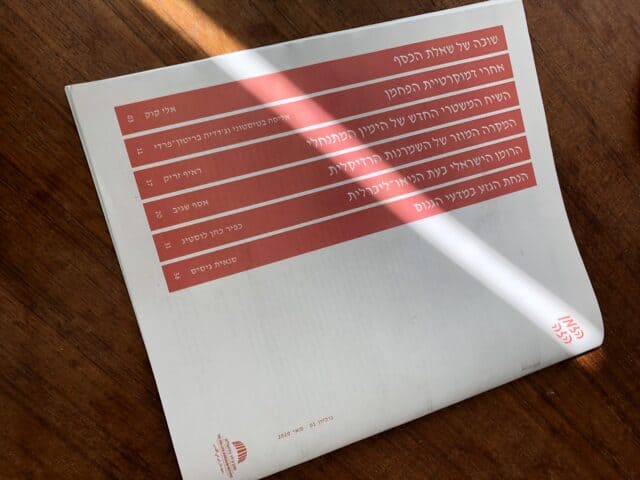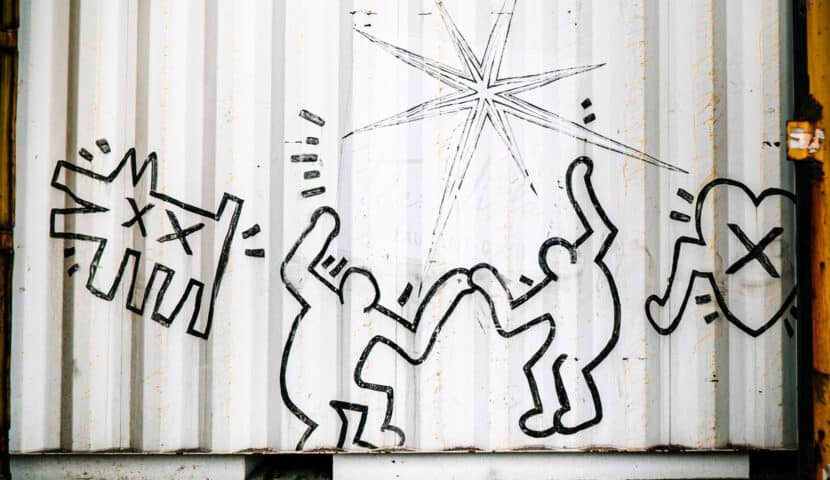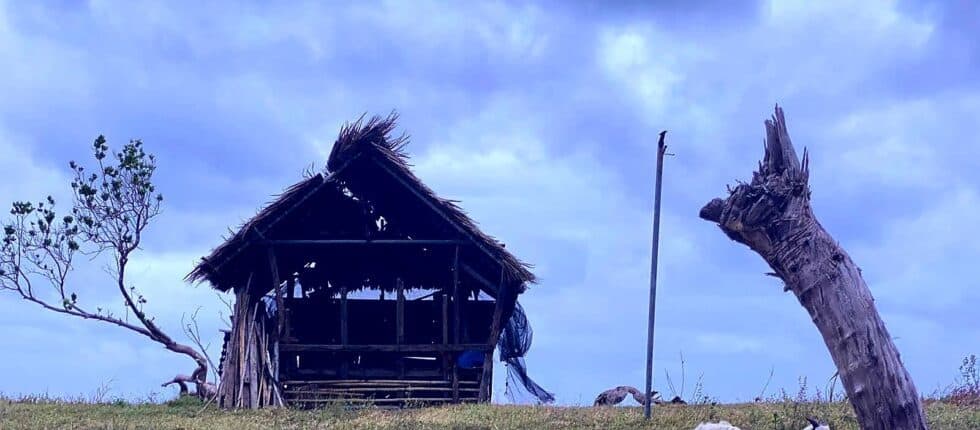Sacred places in an age of secularization

How can sacred places help fight the climate change? What is more sacred: a gateway to the afterlife, or a domestic threshold? What attracts Japanese tourists to a Catholic Church in Barcelona? And what is the significance of a sacred place in an age of secularization?
In December 2020 the Van Leer Jerusalem Institute held an online international research workshop on the subject of sacred places in a post-secular and global world. The workshop convened over forty researchers from ten different countries for rich and diverse discussions regarding the role sacred places, and and the concept of sanctity in general, play in today's world. The main lectures were delivered by three of the leading scholars of religion in the world today: Prof. Robert Orsi, Prof. Kim Knott and Prof. José Casanova.
Sanctity in front of the Knesset
What is “post-secularism”? And what does sanctity mean in this context? A local example might help clarify this.
At one of the demonstrations in Jerusalem last summer, a protester climbed the seven-branched menorah facing the Knesset (the Israeli parliament), and immidiately became the focus of media attention. The protester, a social work student, was holding a sign in support of her colleagues, but the media and the public focused on the fact that her chest was bare. The encounter between the menorah and the naked female body juxtaposes two concepts of sacredness. On the one hand, the protester's act was criticized as a defilement of the religious sanctity of the symbol of the menorah. On the other hand, the protester considered the female body to be sacred in itself, and used the power of the image to highlight the menorah's political sanctity: “stripping on the menorah just screams of the power of the female body, and people’s intolerable capacity to distort its meaning” (cited on the website "The Hottest Place in Hell"). The first reaction views the naked body as debasement, whereas the second views it as power. Both views maintain that the menorah is a sacred object, but in different ways. This difference reflects better than any theoretical explanation the complex status of sanctity in the post-secular world.
The term “post-secularism” therefore seeks to challenge the linear narrative, according to which humanity "progresses" from religion to secularity, as well as the binary division between “religious” and “secular”. The persistence of the menorah as a sacred symbol in the national context, for example, shows that religion still plays a role in our lives, while the attribution of sanctity to the bare body suggests that the definition of sanctity is broader than it used to be. Accordingly, secularity and religion are perceived as intertwined concepts, that in many senses are constituted in opposition to one another. And if that is the case, one might wonder: in a world where no place is absolutely sacred or secularized, while at the same time sanctity can be found anywhere, from the private home to religious and state institutions, what makes a place sacred, and to whom?
Different kinds of sanctity
Prof. Kim Knott devoted her lecture to the boundaries that mark a place as sacred. Accroding to Knott, the sacred place is in itself a boundary, which separates opposing concepts but at the same time unites them in the liminal space. A sacred place can be the gate of an ancient cemetery in London, which separates this world from the world to come; legislation during the time of the Covid-19 pandemic, which separates the legal from the illegal and sanctifies the law as the representative of health; or simply the doorstep, which became a sacred boundary during Covid-19, separating the protected sphere from the raging pandemic. However, as Knott explains in her lecture, when a sacred boundary is crossed – and all of those boundaries are in fact crossed – in many cases, the motive for crossing the boundary is in itself sacred.
Following Knott’s lecture, Prof. José Casanova examined the sacred place as an intersection of different kinds of sanctity. By reviewing the history of sacred places in the world, Casanova asks: what happens to church-state relations in globalization processes? Does a pilgrimage have to be religiously motivated? And how can a place be clearly local yet at the same time a symbol of globalization? In his lecture, Casanova presents the sacred place as one that embodies within it the physical and the ideological, the secular and the religious, the religious and the national, and thereby challenges those binary divisions.
Prof. Robert Orsi relates the discussion of sacred places to the contemporary discussion of the enviromental crisis. On the one hand, the climate catastrophe puts many of the sacred places in real danger of damage or ruin. On the other hand, these are the places that people strain the most to maintain, restore and rebuild. This insight enables Orsi to study the moral, environmental and practical role that sacred places play in the climate catastrophe. People always turned to the gods during crisis, and especially during natural disasters. But perhaps today, by turning to the sacred, we can also prevent such disasters? In others words, can the tremendous attention devoted to maintaining and cultivating sacred places inspire us to treat everything around us in the same manner?




